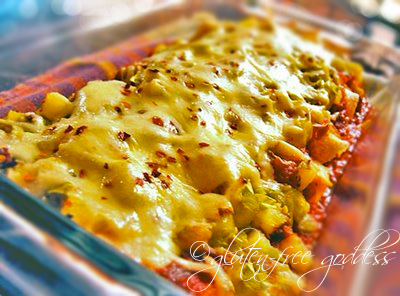In the last post on the omega-6/omega-3 balance, I came to the conclusion that a roughly balanced but relatively low intake of omega-6 and omega-3 fats is consistent with the diets of healthy non-industrial cultures. There were a few cultures that had a fairly high long-chain omega-3 intake from seafood (10% of calories), but none ate much omega-6.
The first study explores the effect of omega-6 and omega-3 fats on heart function. Dr. Sheila Innis and her group fed young male pigs three different diets:
- An unbalanced, low PUFA diet. Pig chow with 1.2% linoleic acid (LA; the main omega-6 plant fat) and 0.06% alpha linolenic acid (ALA; the main omega-3 plant fat).
- A balanced, low PUFA diet. Pig chow with 1.4% LA and 1.2% ALA.
- An unbalanced, but better-than-average, "modern diet". Pig chow with 11.6% LA and 1.2% ALA.
The most striking finding of all was the difference in lipid peroxidation between groups. Lipid peroxidation is a measure of oxidative damage to cellular fats. In the balanced diet hearts, peroxidation was half the level found in the first group, and one-third the level found in the third group! This shows that omega-3 fats exert a powerful anti-oxidant effect that can be more than counteracted by excessive omega-6. Nitrosative stress, another type of damage, tracked with n-6 intake regardless of n-3, with the third group almost tripling the first two. I think this result is highly relevant to the long-term development of cardiac problems, and perhaps cardiovascular disease in general.
In another study with the same lead author Sanjoy Ghosh, rats fed a diet enriched in omega-6 from sunflower oil showed an increase in nitrosative damage, damage to mitochondrial DNA, and a decrease in maximum cardiac work capacity (i.e., their hearts were weaker). This is consistent with the previous study and shows that the mammalian heart does not like too much omega-6! The amount of sunflower oil these rats were eating (20% food by weight) is not far off from the amount of industrial oil the average American eats.
A third paper by Dr. Sheila Innis' group studied the effect of the omega-6 : omega-3 balance on the brain fat composition of pigs, and the development of neurons in vitro (in a culture dish). There were four diets, the first three similar to those in the first study:
- Deficient. 1.2% LA and 0.05% ALA.
- Contemporary. 10.7% LA and 1.1% ALA.
- Evolutionary. 1.2% LA and 1.1% ALA.
- Supplemented. The contemporary diet plus 0.3% AA and 0.3% DHA.
The researchers then cultured neurons and showed that they require DHA to develop properly in culture, and that long-chain omega-6 fats are a poor substitute. Overall, the paper shows that the modern diet causes a major fatty acid imbalance in the brain, which is expected to lead to developmental problems and probably others as well. This can be partially corrected by supplementing with fish oil.
Together, these studies are a small glimpse of the countless effects we are having on every organ system, by eating fats that are unfamiliar to our pre-industrial bodies. In the next post, I'll put this information into the context of the modern human diet.
























